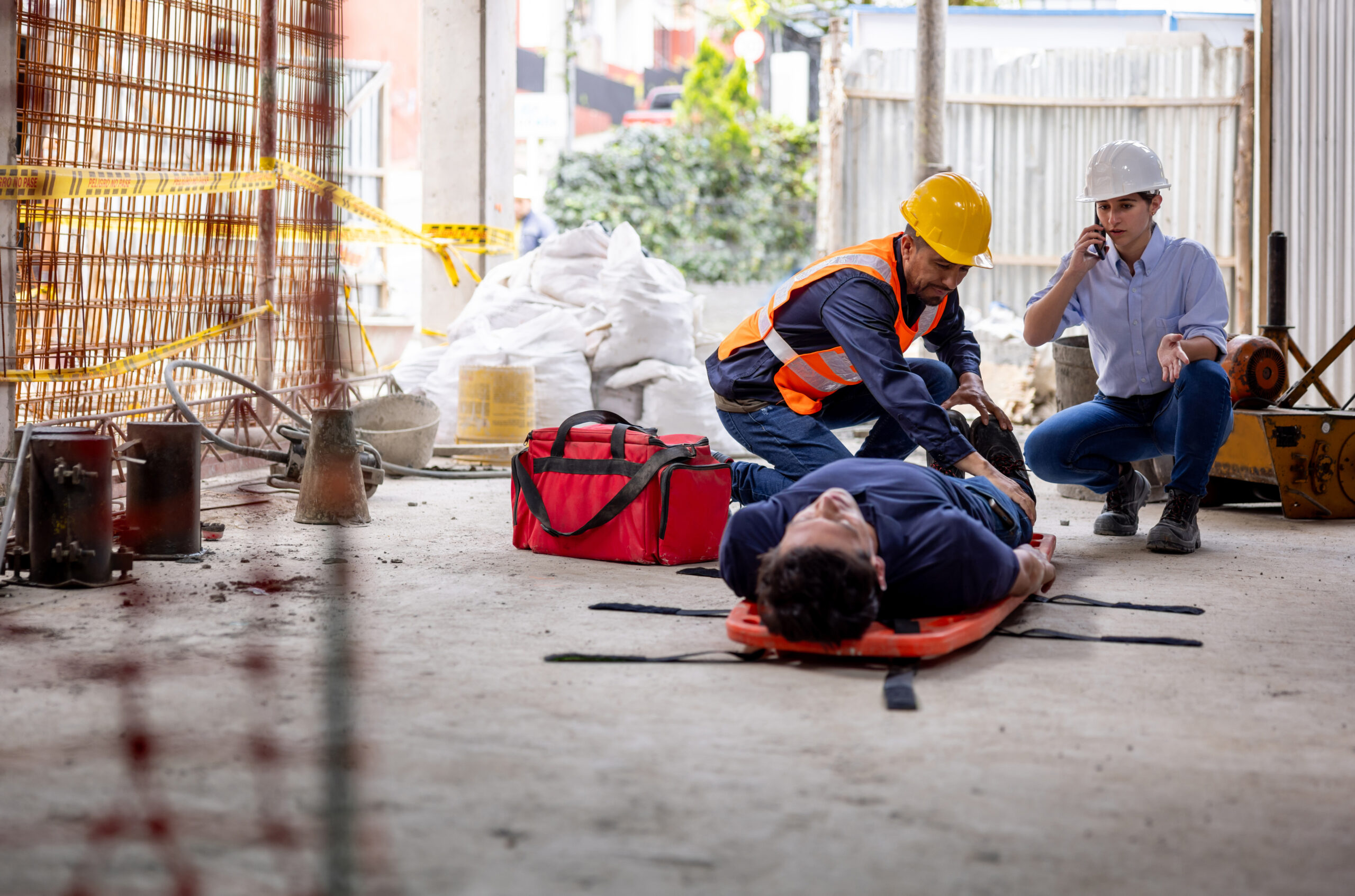Healthcare in Crisis: Why Worker Safety Must Become a Top Priority

Healthcare workers are the backbone of our communities, yet they face alarming levels of risk every time they enter the workplace. According to The State of Healthcare Worker Safety report by Verkada and The Harris Poll, healthcare accounts for 73 percent of all nonfatal workplace injuries caused by violence. The study, based on a nationwide survey of over 1,000 healthcare professionals, highlights the scope of this crisis and its implications for the future of the healthcare industry. The full report is available here: https://docs.verkada.com/docs/verkada-state-of-healthcare-safety.pdf.

Nearly three in five healthcare workers worry about their personal safety on the job, and most have experienced or witnessed aggression from patients ranging from verbal harassment to physical assault. These are not isolated incidents. They are daily realities that undermine morale, drain energy, and erode trust in the workplace. The problem is especially acute among younger staff. Gen Z workers report the highest rates of violence, with almost all encountering verbal harassment and the majority reporting physical assault. If the next generation of caregivers feels unsafe before their careers even begin, the pipeline of future healthcare professionals will continue to shrink.
Regional differences further complicate the challenge. In the Midwest, workers are most concerned about verbal harassment, while on the West Coast, drug-related aggression ranks as the top safety issue. These patterns demonstrate that safety strategies must reflect local realities, but they also highlight a national problem that no community is immune to.
The cost of inaction is staggering. Nearly 40 percent of healthcare workers report they are considering leaving their jobs due to safety concerns, and almost half may do so within the next year if no changes are made. Since 2022, more than 138,000 nurses have already left the workforce, with workplace violence cited as one of the primary reasons. Facilities that lack adequate security measures often experience higher levels of burnout and mental health strain among their staff. Burnout fuels turnover, which in turn increases the pressure on those who remain, creating a vicious cycle that threatens both workers and patients.
Healthcare employees are not silent about what they need. The vast majority want stronger protections, with requests that include on-site security guards, panic buttons, controlled entry, and weapon detection technology. Nurses, women, and younger workers voice the strongest demand, reflecting the groups most directly affected by violence. Yet despite these calls, most workers say their organizations have made no changes in the past year.

The message for healthcare leaders is clear. Security cannot be treated as an afterthought or written off as a cost center. It is an investment in workforce stability, staff retention, and the quality of patient care. Protecting the people who care for others must be recognized as a top priority across the industry. Until meaningful steps are taken, the cycle of violence, burnout, and attrition will continue, placing both workers and patients at risk.
Blog Posts
Latest Posts
Related Posts




